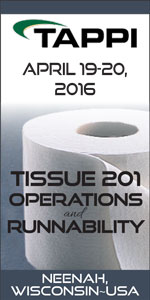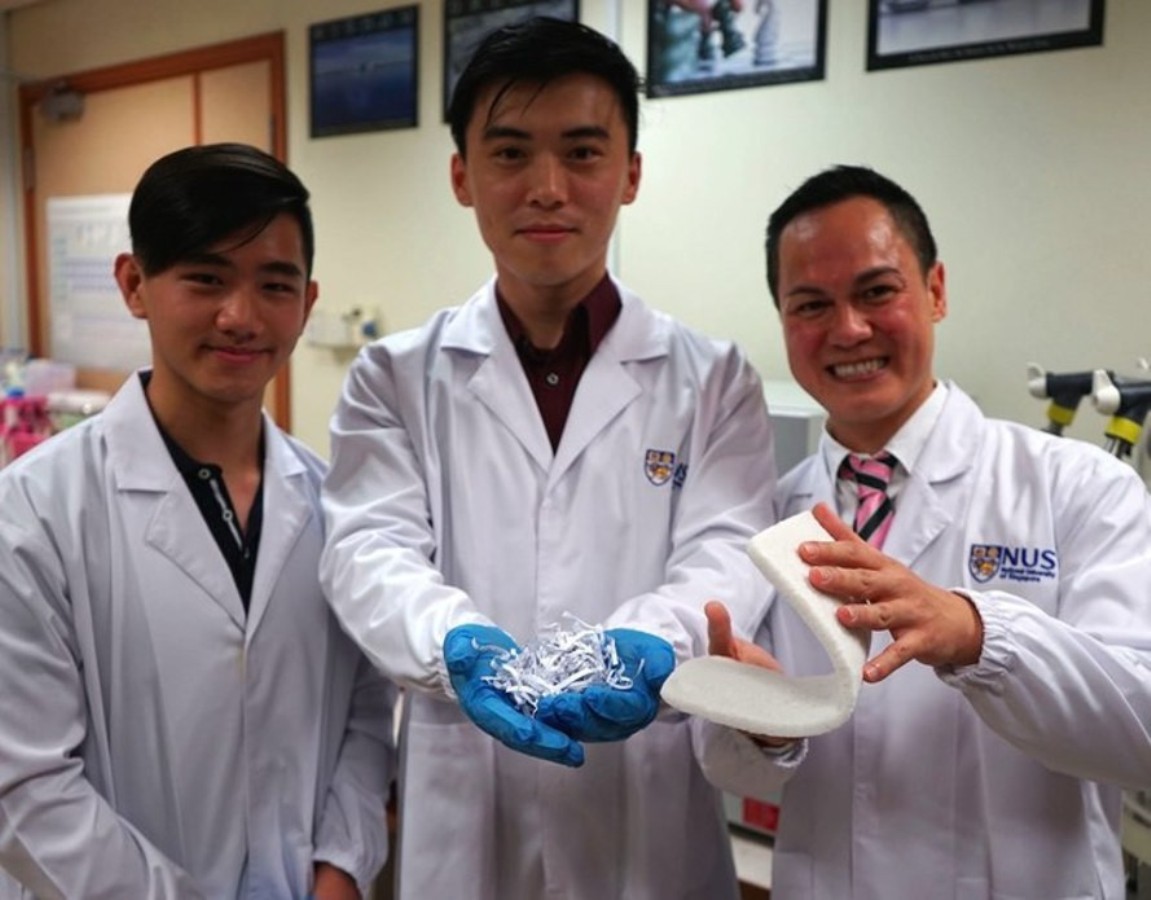 |
||||||||
| March 9, 2016 | ||||||||
| Rick's Tips - Fluid safety and general troubleshooting |  |
|||||||
|
· Subscribe to Ahead of the Curve · Newsletters · Ahead of the Curve archived issues · Contact the Editor
|
Researchers Turn Paper Waste into Multi-Use Aerogels A research team led by Assistant Professor Duong Hai Minh from the Department of Mechanical Engineering at the National University of Singapore’s (NUS) Faculty of Engineering, has achieved a world’s first by successfully converting paper waste into green cellulose aerogels that are non-toxic, ultralight, flexible, extremely strong, and water repellent. This novel material is ideal for applications such as oil spill cleaning, heat insulation, as well as packaging, and it can potentially be used as coating materials for drug delivery and as smart materials for various biomedical applications. “Our fabrication process uses 70% less energy, produces fewer polluting emissions into the air and water, and uses less dioxins in the chlorine bleaching process. It is also faster—the entire process only takes three days,” explained Duong. The novel cellulose aerogels developed by the NUS team boast super high oil absorption capacity. Coated with Trimethoxy-methylsilane (MTMS), the aerogels are water repellent and are capable of absorbing oil (excluding water) up to 90 times their dry weight, making them up to four times more effective than commercial oil sorbents. Furthermore, they can be squeezed to recover more than 99% of the crude oil absorbed. The novel cellulose aerogels developed by the NUS team could also signal a change in the packing industry. Plastic-based packing materials such as the bubble wrap could be replaced with biodegradable aerogel-based foam or advanced cellulose aerogel nanosheets, which are environmentally-friendly. With high surface area and high porosity, the biodegradable aerogels could also be used as coating materials in drug delivery or as smart materials. The NUS team has also discovered a way of expanding the weight capacity of the cellulose aerogels. This is done by infusing the fibers of the cellulose aerogels with a solution of metallic nanoparticles. The cellulose aerogels are then hammered flat to remove most of the air, resulting in a magnetic thin film that has a weight capacity of more than 28 metric tons per sq. cm. MTMS-uncoated cellulose aerogels are hydrophilic, thus they can also absorb and retain huge volumes of polar fluids such as water and alcohol. Therefore, they can be used in products such as baby diapers and sanitary napkins. In addition, compressed cellulose aerogels can be used to plug life-threatening wounds such as a gunshot or stabbing lesion by injecting them into the wound cavity. The sponges expand inside the cavity, creating pressure that can block bleeding and life-threatening hemorrhage in 20 seconds or less. This incredible speed is a remarkable boon, which could greatly enhance survival rates. The team has filed a patent for its invention in U,S., China, India, and Southeast Asia. The technology has been licensed by the NUS Liaison Office, which is part of NUS Enterprise, to Bronxculture Pte Ltd. in November 2015 for commercialization. Now that you are Ahead of the Curve, stay there by joining TAPPI. |
|||||||
 |
||||||||

